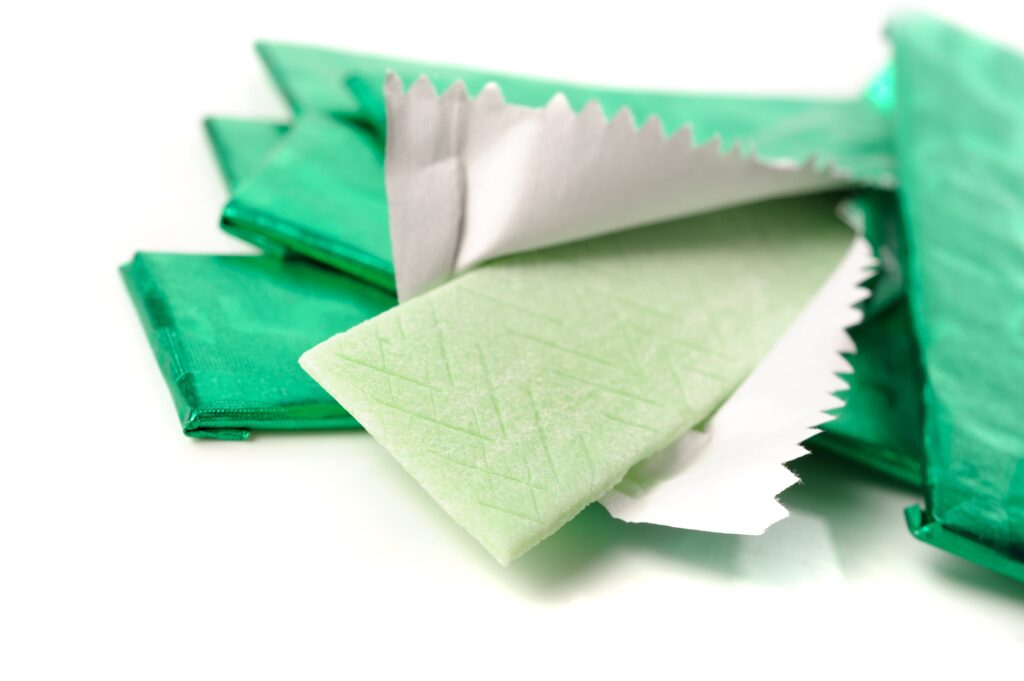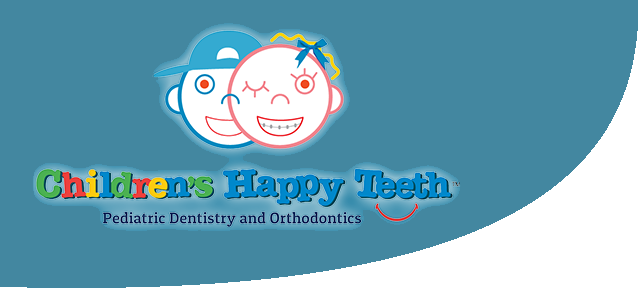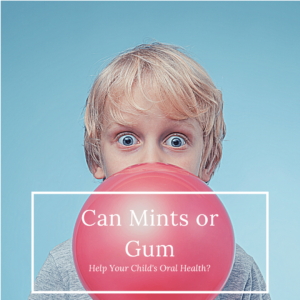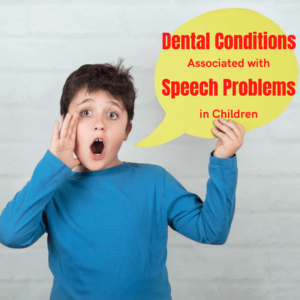Besides foods and beverages, the other acceptable things your child may put in their mouth are mints or gum. Many restaurants even provide mints as an after dinner breath freshener and some types of mints and gums are also promoted as ways to freshen one’s breath. This raises the question of whether or not mints and gum can actually help your child’s oral health. To answer this question, we must evaluate the benefits and drawbacks associated with mints and chewing gum:
Benefits of Mints & Chewing Gum
Increased Saliva Production

One benefit of both chewing gum and mints is that they cause the body to increase its saliva production. After meals in particular, increased saliva production can help to naturally clean the oral cavity by removing food debris and neutralizing harmful acids found in foods and beverages. Saliva also contains calcium and phosphate, which are two components of tooth enamel that are necessary to decrease the risk of tooth decay.
Sugar-Free Gum Can Protect Teeth
Many varieties of sugarless gum contain an artificial sweetener known as xylitol. Xylitol helps to stimulate saliva production and also reduces the amount of plaque that accumulates on the surface of the teeth when chewed regularly for months. The American Dental Association also notes that chewing sugarless gum for 20 minutes after eating can decrease the risk of cavities.
Drawbacks of Chewing Gum and Mints
Excess Sugar
While there are certain varieties of sugarless gums and mints, there are also other varieties that contain sugar (sucrose). The bacteria responsible for tooth decay and gum disease primarily feed on sucrose, so chewing gum or sucking on mints with sugar can be detrimental to your oral health since you are essentially feeding the bacteria. Unfortunately, many types of bubble gum are made using sugar, but there are sugarless varieties as well.
Makes the Mouth Acidic

After the bacteria consume sucrose, they produce an acidic waste solution that is deposited on the tooth enamel. When large amounts of bacteria congregate in one area, then there tends to be a concentration of acidic waste, which can lower the pH of the entire mouth, causing your child’s saliva to be more acidic. Unfortunately, this can speed up the rate of dental erosion and can allow decay-causing bacteria to do more damage to the teeth in a shorter amount of time.
Jaw Problems
In most cases, chewing gum does not cause problems with the jaw, however there are some cases where excessive gum chewing has been associated with temporomandibular joint disorder. TMD can cause headaches, facial pain, and soreness in the jaw.
Age
Another thing to consider when deciding whether or not chewing gum is beneficial for your child is their age. Generally speaking, children that are too young to understand that they cannot swallow gum should not be allowed to chew it. The American Dental Association advises waiting until your child is at least five years of age before allowing them to chew gum.






